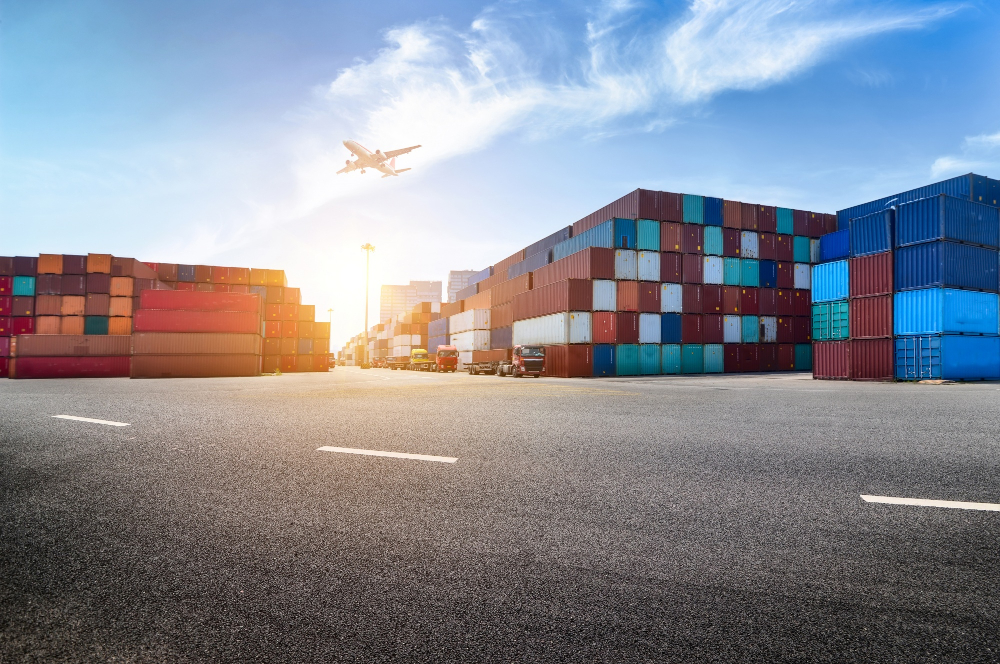Top Logistics Challenges Faced by Businesses in the Philippines—and How Companies Overcome Them
Doing business in the Philippines? Then you're already prepared to know—logistics here is no cakewalk.
From traffic jams to coping with more than 7,000 islands, companies have genuine challenges when moving goods. The problems stretch from delivery schedules to cost of operations.
But the good news is that most of these issues are being addressed by businesses partnering with a logistics company in the Philippines that has a grasp of the local environment and knows how to manage it.
Breaking down the best logistics challenges—and the ways companies address them today
1. Traffic Congestion in Metro Areas
Metro Manila traffic is the stuff of legend. Mix in truck bans and restricted loading areas, and you have the makings of delays and lost productivity.
How companies are addressing this:
- Utilizing route optimization software to skip through congested routes
- Scheduling off-peak delivery to outsmart the crowd
- Having multiple warehouses within cities to reduce delivery distance
2. Archipelagic Country Challenges
The Philippines' stunning island landscape also complicates logistics at the national level. Moving goods between islands can involve intricate coordination of land, sea, and air.
What works:
- A well-established logistics firm in the Philippines provides multi-modal transportation
- Effective collaborations with regional transport carriers
- Real-time monitoring and centralized coordination facilities
3. Port Delays and Congestion
Key ports such as Manila may become congested with shipments, particularly in peak season. This results in delays in shipments, increased charges, and irate customers.
What helps companies excel:
- Routing shipments to secondary ports such as Subic or Batangas
- Digital documentation to facilitate quicker customs clearance
- Bookings and planning well ahead of time to steer clear of peak congestion
4. Weather Disruptions
Typhoons, floods, and heavy rains tend to strike the nation with little warning, setting shipping schedules awry.
Preemptive measures:
- Flexible delivery schedules to match weather fluctuations
- Utilizing real-time weather monitoring technologies for dynamic re-routing
- Having buffer inventory to buffer supply chain shocks
5. High Operation Costs
Fuel, tolls, and warehouse charges can rack up fast—particularly for smaller companies attempting to grow.
Cost-saving innovations are:
- Investing in fuel-efficient vehicles and route-optimized fleets
- Providing shared warehousing to drive down space costs
- Taking advantage of automation and digital technologies to minimize labor and admin costs
Why the Right Partner Makes All the Difference
Every one of these challenges above is not only a hurdle, but it's also a way to leap forward. With the help of a reliable logistics company in the Philippines, organizations can leverage these obstacles as competitive strengths.
A qualified logistics partner introduces not only expertise but also technology and network required to transport products faster, securely, and more efficiently.
Final Thoughts
The logistics landscape in the Philippines may be complex, but with the right strategy and partner, businesses can thrive. If you’re looking to grow, it’s worth investing in logistics solutions that understand the local terrain and keep your business moving forward.



Comments
Post a Comment